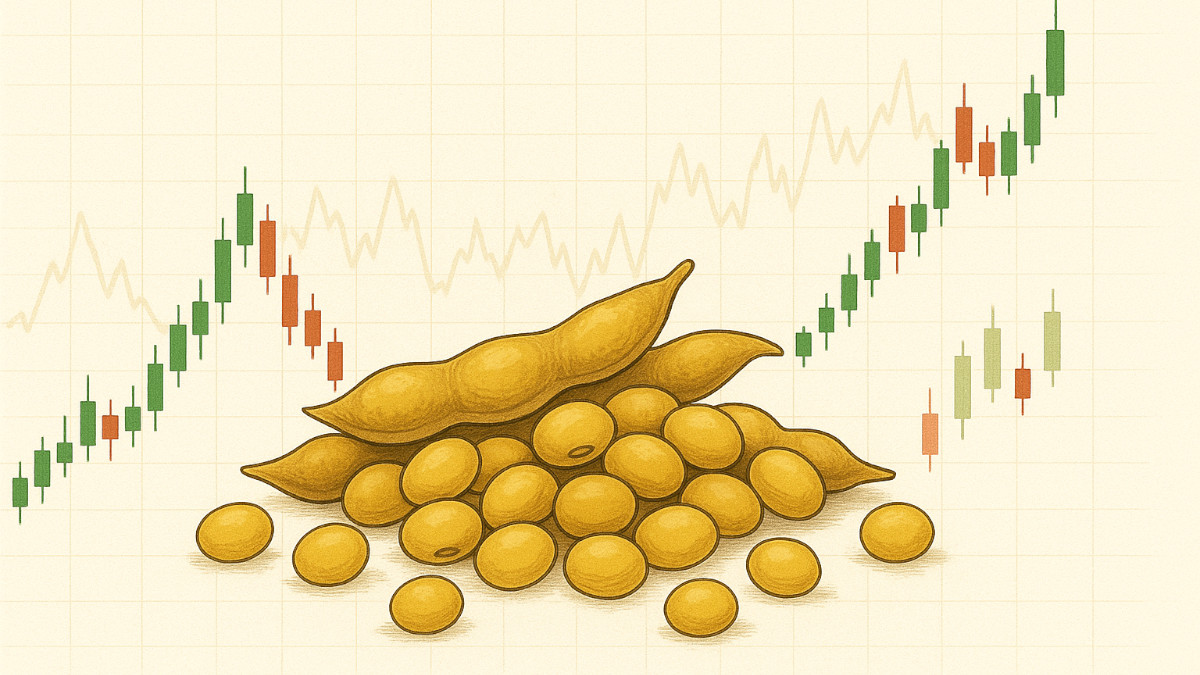The new week starts with U.S. Government remaining closed for one week now with talks between Democrats and Republicans intensifying during the weekend. Republican House Speaker John Boehner is accusing the government for not discussing while at the same time he sets preconditions over raising debt ceiling. U.S. shut down continuation impasse is now really spreading fear among market participants who see that the same gridlock could extend to debt ceiling issue with more serious effects over financial markets.
John Boehner said during the weekend that there are not enough votes in the U.S. House of Representative to approve raising borrowing limit resolution without President Barack Obama giving something in return from health care law. Investors are now seriously considering the possibility of US government defaulting on its debt payments. U.S. Treasury Secretary Jack Lew said that would exhaust all extraordinary measures to keep debt below $16.7B but on October 17 United States will run out of the ability to borrow with only $30B in hand to meet obligations that can run to $60B per day.
Asian stocks dropped due to risk-off on fiscal impasse in U.S and concerns for a potential default of the largest economy in the world.
NIKKEI 225 declined by 1.22% to 13,853.32 , Hang Seng lost by 0.75% and S&P/ASX 200 slipped by 0.90%. The
USDJPY is retreating as traders seek for safe place to put their money and thus increasing demand for the
Japanese Yen, the pair opened with a negative trading gap at 97.29 and dipped below support at 96.92 to a new monthly low at 96.88.
Risk appetite was further squeezed as the World Bank cut growth forecasts for China from 8.3% the forecasted in April to 7.5% for this year, for the 2014 China is expected to grew by 7.7% down from previous estimation of 8.0%.The World Bank also reduce its growth estimation for other East Asian developing economies as well.
As a consequence
USDCHF fell this morning from 0.9065 to 0.9027 amid demand for Swissy increases as investors risk appetite worsens. At the same time the
AUDUSD formed a reversal pattern the previous week with negative developments during the weekend triggering downside to breach support at 0.9421 and to drop as low as 0.9390, the pair is likely to continue its bearish development as U.S. fiscal and debt ceiling impasse continues.









